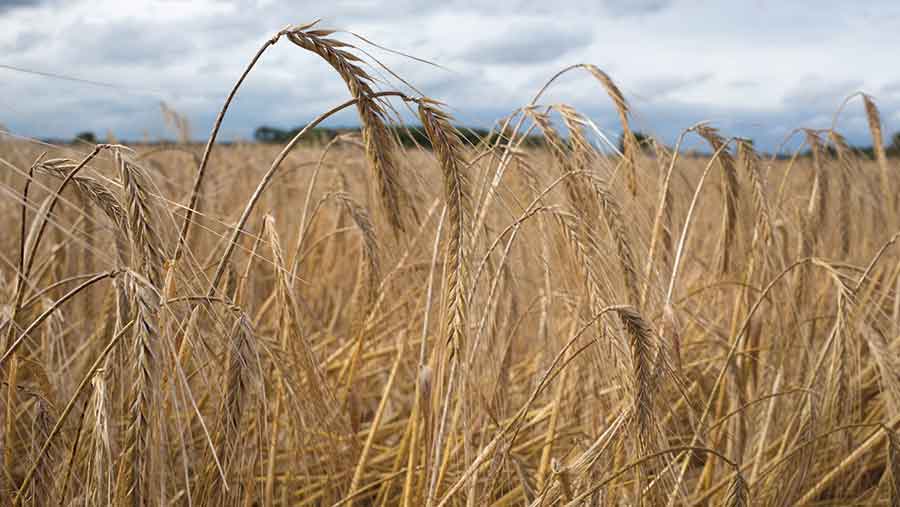What the diquat residue restriction means for UK growers
 © Tim Scrivener
© Tim Scrivener After a review of the maximum residue level (MRL) for broad-spectrum herbicide and desiccant diquat, the active will no longer be supported for use in barley crops pre-harvest.
Legislation was introduced by the European Commission in 2008 to harmonise and simplify pesticide MRL rules across the European Union and better protect consumers against pesticide contamination in food.
Under the Regulation 396/2005, a number of active substances have had their MRLs adjusted as part of an ongoing review, with insecticide pirimicarb another popular active that had its limit cut in recent months.
See also: Diquat ban could strike ‘huge blow’ to potato industry
Similarly, diquat was recently deemed to pose a residue risk to consumers in cereal crops barley, wheat and maize by the European Commission.
As such, the Chemical Regulations Directorate (CRD) have withdrawn the approval for diquat on barley, with a withdrawal notice due to be sent out to manufacturers imminently.
Barley burn-off
While UK growers cannot use diquat for pre-harvest application in wheat and maize, there is an approval to burn-off barley and this application tends be used where crops have lodged and glyphosate translocation would be restricted.
Growers should not use any diquat product for pre-harvest desiccation on barley with immediate effect as all crops must comply with the new MRL by 14 January 2017, regardless of when they were treated.
The active – included in products such as Syngenta’s Reglone – also has a pre-harvest approval for use on oats. However, the MRL for oats is unchanged and CRD will not withdraw this use.
Despite CRDs stance, Syngenta told Crops that it will no longer promote its use on the crop and growers would, therefore, be ill advised to use it.
Pre-emergence use
The Swiss-based ag-chem company also market diquat-containing product Retro, which has approval for pre-emergence, pre-drilling or pre-transplanting in all edible and non-edible crops, including potatoes, sugar beet and barley.
As these uses do not heighten residue risk to the consumer, Syngenta said the product is not affected and can be used in accordance with its current label.
There are a number of other generic diquat products on the market and growers are urged to contact the manufacturer before using a product for any purpose other than pre-emergence weed control to ensure compliance with the new MRLs, or treated grain could be unsaleable.
The changes are not related to the on-going re-registration of diquat, which is processed under a separate set of European regulations and is expected to be resolved sometime in 2017.
Changes for diquat and the impact on UK growers
- Revised MRLs for diquat in barley come into force on 14 January 2017.
- For specific crops where a risk to consumers was identified, such as barley, no transitional arrangement can be applied, so all barley products, irrespective of when they were treated, will need to comply with the new MRL of 0.02mg/kg from 14 January 2017.
- On the basis of current evidence, any crops treated in the near future will not comply with the new MRLs on 14 January 2017, so it is necessary to withdraw the uses on these crops immediately.
- Use of diquat for desiccation of potato haulm, oilseed rape, combining peas harvested dry, field beans and dried broad beans, red and white clover for seed and linseed remain approved.
- Pre-emergence diquat products such as Retro unaffected by the restriction.
Pesticide watch
Crops is working with Gatekeeper agronomists to highlight key pesticide rule changes and the potential implications, keeping you on the right side of the law and aiding on-farm record keeping.
Sentinel is a decision support tool linked to Gatekeeper crop management software, a programme that helps arable farmers with record-keeping and legislation issues. For more details visit www.farmplan.co.uk or call 01594 545 011


